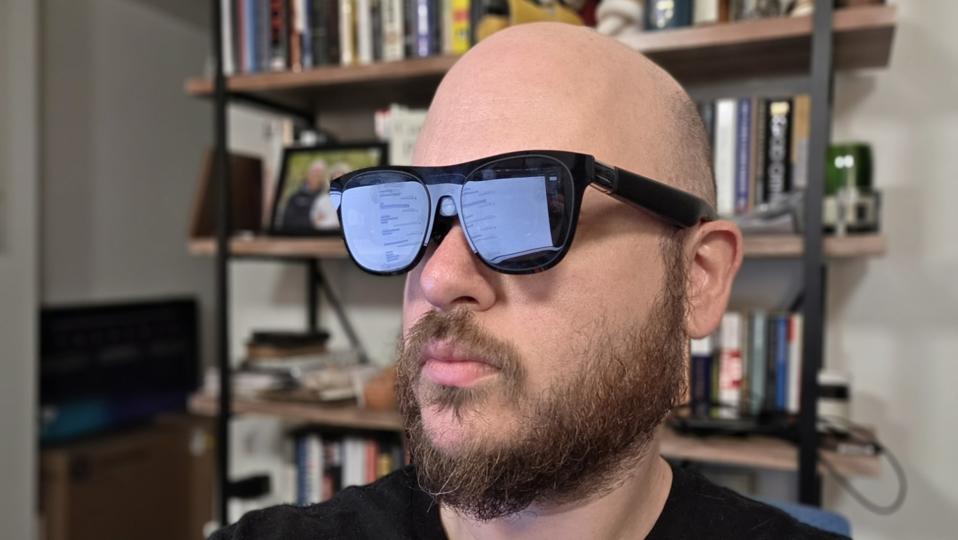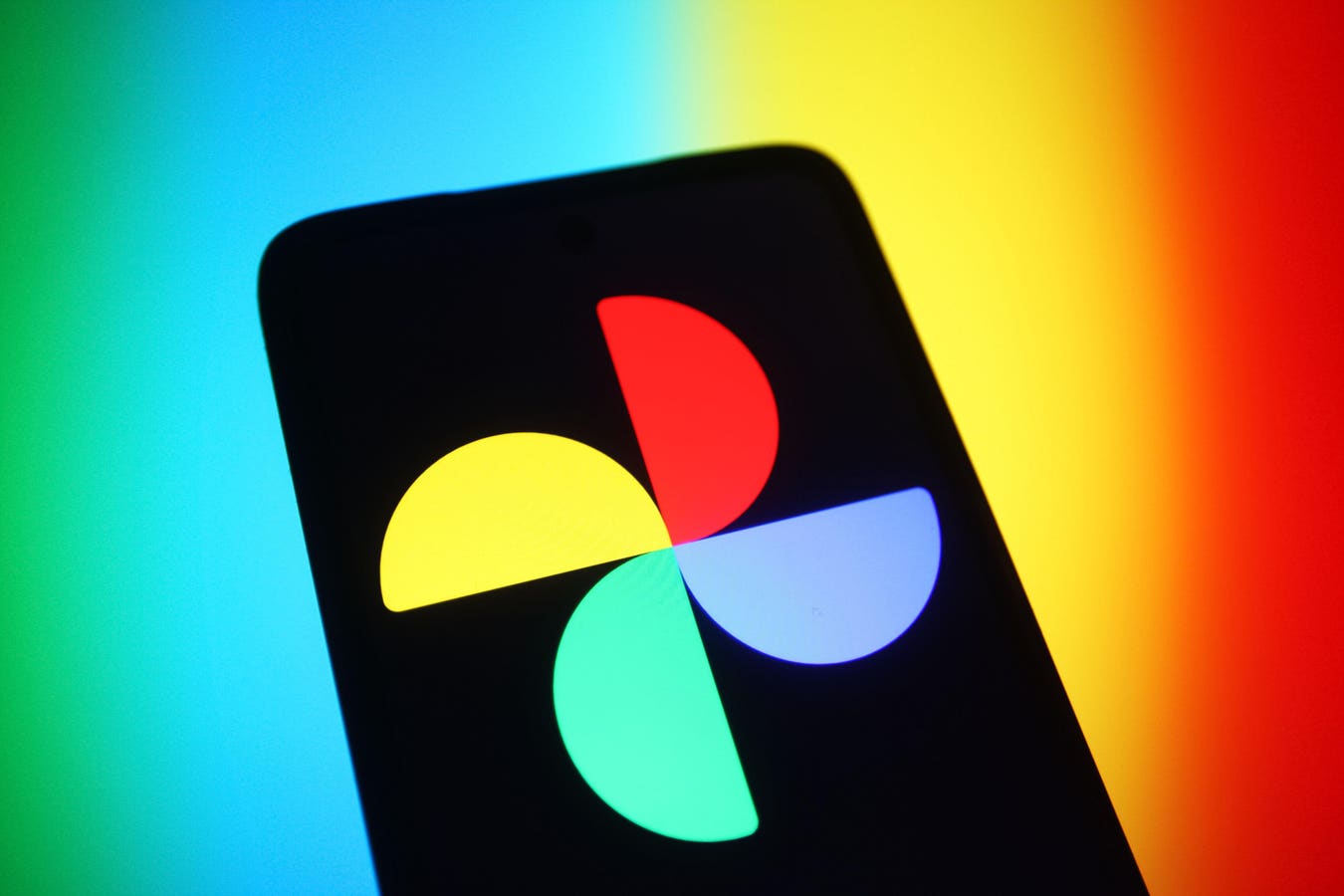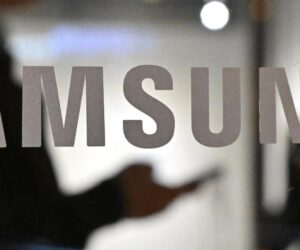The author wearing the Xreal One Pro.
Anshel Sag
In the years I have been following Xreal, I have admired the company’s ability to not only ship product but to do it in volume. The company claimed as recently as June at AWE 2025 that it has shipped more than 600,000 headsets, which is far more than any other company in the AR space.
Xreal has delivered virtual display glasses like the Air and Air 2, along with compute accessories like the Beam and Beam Pro, enhancing its glasses’ capabilities with minimal cost and software development. The company has also announced a partnership with Google on Project Aura, a product idea that appears to be the ultimate form of what Xreal is trying to accomplish — albeit, most likely, at a higher price point than its current glasses.
While we aren’t quite into the Project Aura phase of Xreal’s development yet — that’s slated for 2026 — for me the Xreal One series represents a culmination of the company’s efforts so far to deliver the best AR glasses experience. Keep in mind, these glasses are generally used as a second display for 2-D content on a smartphone or PC, and potentially for some 3-D video and photos captured on the Beam Pro or other 3-D cameras.
When I evaluated the Xreal Beam Pro with the Air 2 Pro glasses a while back, it was clear that Xreal was onto something, but the complete system lacked apps and — notably — AR applications. The situation remains the same with the One series. That’s where I think Project Aura will be different, because it will integrate with Android XR and have direct support from Google, which should make it far more useful. Meanwhile, the Xreal One series feels like the connective fabric between all of Xreal’s efforts in the past and the future.
The New Xreal One And One Pro
Xreal demonstrated both Xreal One headsets at CES, launching the One in December 2024 and following up with the One Pro in July 2025. There were some delays in delivering each model, but I think Xreal handled the communication of those delays well. I got to play with the One earlier this year, and while it felt very optically similar to the Air 2 Pro, it was significantly more comfortable and had better audio quality (with Sound by Bose). The audio improvements, including deeper bass and louder volume, are significant because they enable these glasses to be used without earbuds or headphones via spatial audio.
Both the One and the One Pro ship with Xreal’s proprietary X1 chip, which improves the glasses’ responsiveness and tracking. The X1 chip is not a full applications processor; it’s more like a co-processor, designed to offload some tasks from the compute device — whether that’s a smartphone, tablet or PC.
The Xreal One weighs a reasonable 84 grams, while the One Pro weighs 87 grams. The One features Xreal’s tried-and-true birdbath technology, while the One Pro features a new prism optical system that allows for a thinner design with a wider field of view.
The displays remain Sony micro-OLED with a resolution of 1080P per eye. The One Pro has a smaller 0.55-inch micro-OLED, while the larger birdbath design in the One uses a 0.68-inch Sony micro-OLED. Both pairs of glasses have a 120-hertz refresh rate, which is great for gaming and scrolling quickly. Both also carry eye-safety and eye-comfort certifications from TÜV Rheinland. The One has a 600-nit maximum perceived brightness, while the One Pro is slightly brighter at 700 nits.
The biggest difference between these two pairs of 3-DoF glasses is that the Xreal One has an FoV of 50 degrees while the One Pro has a 57-degree FoV. This means that the One delivers a sharper picture but less immersion because they are both 1080p displays. This tradeoff may be why there’s a $150 difference between the two designs, starting at $499.
Xreal also makes a $99 accessory it calls the Xreal Eye, which adds a camera for photos and video, as well as 6-DoF tracking for full-scale AR. This is important because it means that the Xreal Eye helps to anchor virtual windows firmly in place, something that previous models with only 3-DoF have struggled with, in my experience.
The User Experience Of The Xreal One Series
The author using the Xreal One Pro on a long-haul flight.
Anshel Sag
I found the Xreal One and One Pro useful for travel — more so than the Apple Vision Pro — mostly thanks to the compactness of the entire solution. As a long-time Xreal user, one of my biggest problems with Xreal glasses has been drift, especially on planes. With the Xreal Eye, however, both the One and the One Pro have rock-solid tracking in pretty much all lighting scenarios; this applies to both the follow mode and the anchor mode.
As with other Xreal models, I also appreciated how easily these glasses work with all my smartphones and PCs. Xreal’s biggest superpower is compatibility, where you can just plug it in and it works. I used the One Pro on my Lenovo Legion Go S, and that device recognized it as a pair of AR glasses and automatically turned off the display — saving power and likely improving thermals. I also used it with my Samsung Galaxy Z Fold7, iPhone 16 Pro and Microsoft Surface Pro 12 tablet.
I liked being able to dial in the size of the display I was mirroring or extending on my PC. It was also nice to be able to control the distance that the display was from me. That said, I do think using the button interface can be clunky at times; I would prefer to be able to use hand-tracking to control the display size and distance like I do with the Vision Pro. There is also an ultrawide mode, which I suspect is mostly intended for additional work space when connected to a PC, but I find that the One Pro’s resolution isn’t high enough to view text without noticing pixels. I would love to see Xreal push the envelope on display resolution, especially considering how many higher-resolution displays exist today.
The glasses have multiple levels of dimming that can be adjusted to suit your preference or environment; this is electronically controlled from the settings menu. The glasses can also take 2-D pictures and videos when the Xreal Eye is installed in the bridge of the nose. The glasses have their own storage, so the content can be saved locally for viewing or offloaded to a smartphone for viewing and sharing. I don’t see photography as a major use case for wired AR glasses like the Xreal Pro series, however, since you will likely be stationary when using these glasses the vast majority of the time.
Fundamentally, these are 3-DoF glasses with an optional 6-DoF capability — but without any real apps to support it yet.
What’s Next For Xreal?
The Xreal One family — including the Eye — seems to be a clear indicator of where the company and the industry are going. Xreal has for a long time backed away from its initial 6-DoF approach for many reasons, including cost, compute and applications support, but it seems that the company is preparing to launch 6-DoF again with Project Aura and the Eye. That said, I believe that the Xreal One series will always have a place for certain users, especially if the Project Aura glasses end up being even more expensive. They serve as a nice bridge between smart glasses and AR glasses on the continuum of XR technologies. I think the wider FoV of the One Pro paired with the brighter display and thinner profile makes it the better choice of the two, even if it is more expensive.
The One series delivers on the promise of the Xreal brand. That said, there is still a lot of room for improvement on the application side, which I believe will come with the introduction of Android XR. My hope is that these glasses become increasingly capable and powerful as more devices adopt Android XR, and that their capability accelerates thanks to Google’s Android ecosystem. These AR display glasses could very much become the future of how people consume content, whether from Xreal or someone else. After all, who doesn’t want to be able to take a 200-inch display with them anywhere they go?
Moor Insights & Strategy provides or has provided paid services to technology companies, like all tech industry research and analyst firms. These services include research, analysis, advising, consulting, benchmarking, acquisition matchmaking and video and speaking sponsorships. Of the companies mentioned in this article, Moor Insights & Strategy currently has (or has had) a paid business relationship with Google.









